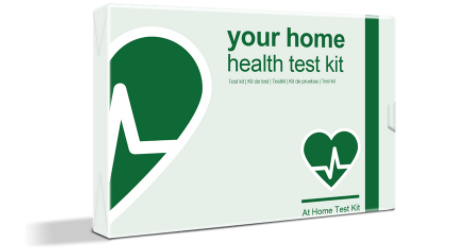Taking a food sensitivity test to help you deal with your sensitivities.
What are the top three food sensitivities within New Zealand? Do you think you may be affected? A food sensitivity test can help you to identify your intolerances. Therefore, you can avoid the offending foods more easily. Read on to find out what foods you should be avoiding in the New Zealand area and your symptoms may disappear.
Top Three Food Sensitivities in New Zealand
Below, we have listed the most common foods which cause allergies and intolerances. At Test Your Intolerance, we want to help you to deal with your intolerances and allergies whatever they may be, and so we recommend a food sensitivity test. If you have taken one and have found out the culprits, then an elimination diet may be the way forward.
1) Peanuts
Peanut allergies and sensitivities are perhaps one of the most commonly known. Peanut allergies are well-known and cause a variety of symptoms. It is important that everyone knows what to do if you have a peanut allergy or sensitivity. With peanut sensitivities being found in 1 in 50 infants they are hard to avoid. Remember, in a few cases, the item does not have to be ingested, as even trace amounts can trigger your symptoms. This is why you must be so careful with peanuts. Identify with a food sensitivity test whether you have a peanut allergy or an intolerance.
2) Lactose
Lactose intolerance is very common, and many people are unaware of the fact that they may have a sensitivity. Our solution? A food sensitivity test. ? What are the symptoms of a lactose intolerance? Symptoms of lactose intolerance usually develop within a few hours of consuming food or drink that contains lactose. Unlike other sensitivities and intolerances, lactose intolerance does not necessarily come from overindulgence and overexposure. 
Lactose intolerance is enzyme-mediated. The body cannot digest lactose, the sugar component found in dairy products, and so symptoms occur such as cramps, bloating, diarrhoea and vomiting. People who suffer from lactose intolerance do not produce enough of the enzyme lactase. The lactose is not absorbed properly in the small intestine. It continues in the large intestine where it is fermented by bacteria, causing issues for the body.
3) Wheat
If you have a wheat sensitivity, then it will show up on your food sensitivity test. If you have a wheat intolerance, you may be able to consume a small amount of wheat, but you will have to measure how much your body can consume. What’s more, wheat can also worsen the symptoms of IBS. If you do have a wheat intolerance and this has been highlighted on your food sensitivity test, then the symptoms can take up to 48 hours after your meal to surface, and this is what makes them hard to catch when self-diagnosing. Where can it be found? Wheat can be found in bread, kinds of pasta and bottled sauces. This list is extensive so please look into this further if you are worried that you have a wheat intolerance.
If you want to take a food sensitivity test with Test Your Intolerance, then head over to www.testyourintolerance.co.nz and find out more. It could change your life.

